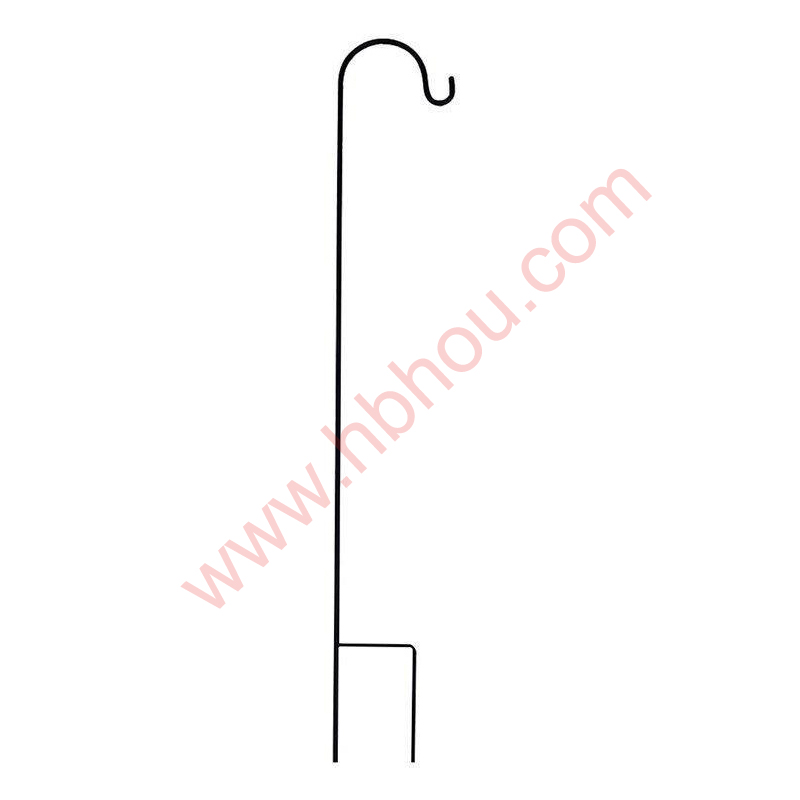Why Tomato Cages Keep Falling Over Tips and Solutions for Better Support
Growing tomatoes can be one of the most rewarding experiences for gardeners, especially when you finally get to enjoy the fruits of your labor. However, there's one persistent problem that many tomato growers face the dreaded falling over of tomato cages. If you’ve ever found yourself frustrated by the sight of your tomatoes sprawled on the ground instead of reaching for the sun, you are not alone. In this article, we will explore some common reasons why tomato cages collapse and offer practical solutions to keep your plants upright and thriving.
Understanding the Problem
Tomato plants are remarkable organisms that can grow tall and heavy, especially when they are vigorously producing fruit. Traditional tomato cages, often made from lightweight materials like wire or plastic, can struggle to support plants as they reach their full potential. When the weight of the fruit and foliage increases, it can lead to several common issues
1. Insufficient Cage Height Many tomato cages are simply not tall enough to accommodate the robust growth of indeterminate tomato varieties that continue to grow throughout the season. If the cages are too short, the plants will inevitably outgrow them.
2. Weak Structure Cages constructed from flimsy materials may bend or break under the weight of the plant. Even sturdy cages, if not anchored well, can topple over with a strong gust of wind or rain.
3. Improper Placement If cages are not pushed deep enough into the soil or are placed on uneven ground, they can become unstable. Additionally, busy garden paths or nearby activities might inadvertently knock them over.
4. Wet Conditions A heavy rain can saturate the soil, loosening the base of the cage. When combined with the weight of the plant, this can create an unstable situation.
Solutions for Sturdier Support
tomato cages keep falling over

Now that we've identified some of the key reasons why tomato cages collapse let’s discuss some solutions to keep your tomato plants upright
1. Choose the Right Cage Opt for cages that are taller and wider. A cage that is at least five feet tall provides more support for those indeterminate varieties. Look for cages made from sturdy materials like galvanized steel or reinforced plastic.
2. Secure Your Cages To prevent your tomato cages from tipping over, secure them to the ground. Driving stakes into the soil and attaching them to the cage can help provide additional support. Alternatively, you can bury the bottom of the cage a few inches deep in the soil for added stability.
3. Use a Trellis System Instead of relying solely on traditional cages, consider using a trellis system. This can be especially beneficial for indeterminate tomatoes, as it allows for better air circulation and sunlight penetration. The trellis can be constructed from wood or metal and should be anchored securely.
4. Pruning and Maintenance Regularly prune your tomato plants to remove unnecessary foliage and reduce weight, particularly as fruits begin to develop. This can help lessen the strain on the cages.
5. Reinforce with Strings or Twine For additional support, consider using garden twine to tie the stems of your tomato plants to the cage. This will also help manage the growth direction of the plant.
6. Be Mindful of Weather Conditions During periods of heavy rain or wind, assess the stability of your cages and make adjustments as necessary. In extreme weather conditions, consider temporarily removing the cages or providing extra support.
Conclusion
While dealing with collapsing tomato cages can be a frustrating aspect of gardening, knowing the causes allows you to implement practical solutions. By selecting the right cages, securing them properly, and employing techniques like trellising and pruning, you can ensure that your tomatoes stay healthy, upright, and ready for a bountiful harvest. With a little planning and care, you can enjoy the fruits of your labor without the hassle of fallen cages. Happy gardening!
















